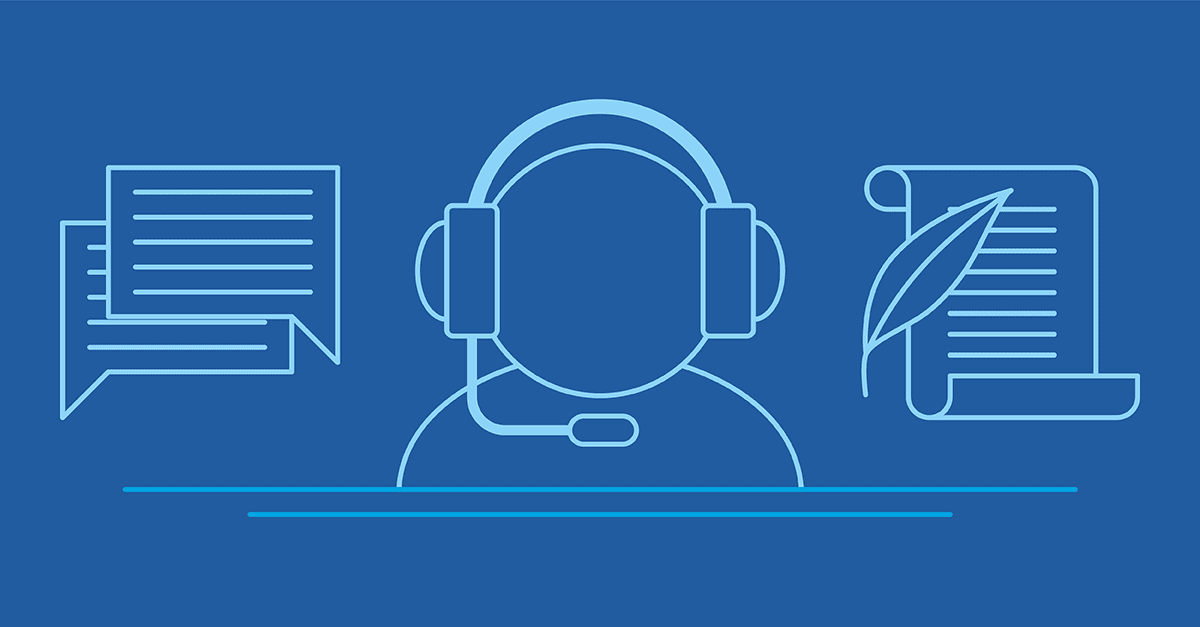In the course of a due diligence process, a large number of documents and transaction-relevant financial and tax information come together. The data room software can be used to handle this safely and conveniently. So, how does the due diligence data room work?
Data room software in the due diligence process
In today’s developing world, the number of documents in use is growing rapidly. The effective functioning of each organization, regardless of its profile, is directly dependent on the level of operational processing of documentation and information and the speed of interaction between structural divisions of the organization and counterparties. Therefore, workflow automation is one of the primary tasks of modern organizations. The problem of workflow automation is currently quite acute because companies need to share large arrays of confidential data during business operations like due diligence.
Due diligence is the most important factor in the success of a deal. Potential problems not identified and resolved at this stage can result in higher costs in the long run. Fact-finding and risk assessment are both typical of this process.
According to https://ncfacanada.org/top-5-virtual-data-rooms-and-their-features/, virtual data rooms document the actions during the due diligence phase and help to understand the content even after the transaction. Therefore, audit-proof documentation of the due diligence check is all the more important. Such services, the typical software-side instruments in M&A deals, are suitable for the secure and structured exchange of transaction-relevant documents and can help clarify legal disputes.
The benefits of due diligence data room
The due diligence data room aims to share information by making documents secure, accessible, retrievable, and interchangeable. The software reduces the time to search for information and helps track document movement, reducing the possibility of losing a document. The speed of the processes for processing documents increases and the time for copying them is reduced. An important effect of introducing a data room is a general increase in executive discipline, notification of instructions, providing convenient access to documents and tasks, in particular, from outside the organization, and the ability to monitor employees’ workload.
The software, for example, records the entire due diligence process in the data room and documents who viewed individual documents, when, and for how long. You can also see when the documents were posted or updated. In this way, it can be precisely traced whether the buyer had access to certain documents during the due diligence. After the closing, the data room will be frozen and burned onto a CD. Both buyers and sellers receive this CD and a certificate certifying that the due diligence was lawful when the deal was closed.
So, data room functions include:
- acceptance, registration, and accounting of documents;
- ordering and classification of documents;
- document processing;
- adding comments to documents;
- search for documents by section titles and keywords;
- creation of personal document libraries;
- changing the configuration of documents;
- version control of documents when they are modified;
- providing the possibility of remote access to documents;
- database information management;
- ensuring data security, allowing access to documents only to certain users;
- sending and distribution of documents;
- administration of accounting and data archiving.
The data room is also designed to implement and automate the processes of interaction between employees of the company, in connection with which employees can quickly receive any necessary information on the company’s customers. At the same time, such documents can exist both in structured objects with a certain set of company details and unstructured in a standard format, for example, in text Word or Excel.




